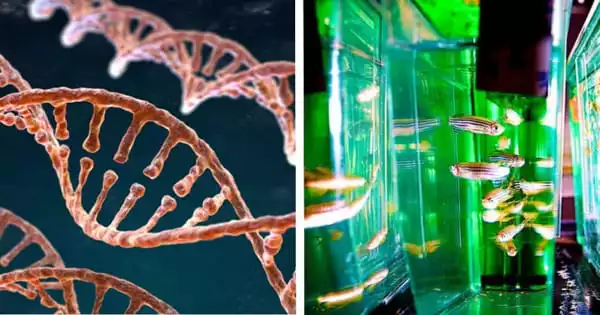For many years, people have used traditional breeding techniques to alter the genomes of plants and animals. Artificial selection for specific, desirable features has led in a wide range of creatures, from sweet maize to hairless cats. However, this artificial selection, in which organisms with specified characteristics are chosen to breed succeeding generations, has been limited to naturally occurring variations.
However, breakthroughs in the science of genetic engineering have allowed for precise control over the genetic modifications injected into an organism in recent decades. Through genetic engineering, we may now transfer new genes from one species into a completely other species, improving agricultural output or allowing the manufacturing of valuable pharmaceutical molecules. Crop plants, farm animals, and soil microbes are just a few examples of species that have been genetically modified.
The use of genetically modified (GM) crops in agriculture is still controversial, particularly in Europe. According to polls, many individuals are concerned that they would have a harmful impact on human health and the environment. A new study, however, suggests that genetically modified crops may be beneficial to the environment, particularly the climate. The findings indicate that the usage of genetically modified (GM) crops in the European Union (EU) might significantly cut greenhouse gas emissions.
Novel genomic breeding technologies are currently being employed to generate a wide range of new crop uses that may lead to more climate change mitigation and adaptation benefits in the future
Matin Qaim
Agriculture accounts for over 25% of total global greenhouse gas emissions. Livestock production and fertilizer use account for a significant portion of these emissions. However, land-use change, particularly the conversion of forests and other nature reserves to agricultural land to meet expanding global demand for food and feed, accounts for more than one-third of agriculture’s emissions. “Using improved technology to increase crop yields on currently cultivated land could lessen this land-use shift and the related emissions,” says study author Prof. Dr. Matin Qaim, Director of the Center for Development Research at the University of Bonn.
Certain genetically modified crops, such as GM maize and soybean, are commonly farmed in other regions of the world but not in Europe. “The main causes are public acceptance concerns and political stumbling blocks,” Qaim explains.
In the latest analysis, he and his Breakthrough Institute colleagues analyzed global agricultural data and yield projections from GM crops to forecast how expanded technology adoption in the EU might affect productivity, land usage, and greenhouse gas emissions. According to the estimations, increasing the use of genetically modified crops in the EU could avert the release of 33 million tons of CO2 equivalents, or 7.5 percent of the EU’s total yearly greenhouse gas emissions from agriculture.

Higher yields in the EU would have a global effect
“Most of these favorable climatic consequences are attributable to reduced land-use change,” says the study’s first author, Dr. Emma Kovak of the Breakthrough Institute. The research team’s conclusion: “The EU imports a lot of maize and soybeans from Brazil, where agricultural land growth contributes to tropical deforestation. Higher EU yields could lower part of these imports, assisting in the preservation of the Amazon rainforest.”
The authors emphasize that their study only looked at genetically modified crops that were already on the market. “Novel genomic breeding technologies are currently being employed to generate a wide range of new crop uses that may lead to more climate change mitigation and adaptation benefits in the future,” Matin Qaim explains. At the University of Bonn, the agricultural economist is a member of the Transdisciplinary Research Area “Sustainable Futures” and the Cluster of Excellence “PhenoRob — Robotics and Phenotyping for Sustainable Crop Production.”
One of the most frequently cited examples of genetically modified organisms is agricultural plants (GMOs). Increased crop yields, lower costs for food or drug production, reduced need for pesticides, improved nutrient composition and food quality, resistance to pests and disease, greater food security, and medical benefits to the world’s growing population are some of the advantages of genetic engineering in agriculture.
Crops that mature faster and survive aluminum, boron, salt, drought, frost, and other environmental stresses have also been developed, allowing plants to grow in environments where they would not otherwise thrive. Other applications include nonprotein (bioplastic) or nonindustrial (ornamental plant) product generation. A variety of animals have also been genetically altered to boost yield while decreasing disease susceptibility. Salmon, for example, have been genetically modified to grow larger and mature faster. and cattle have been genetically modified to be resistant to mad cow disease.
















